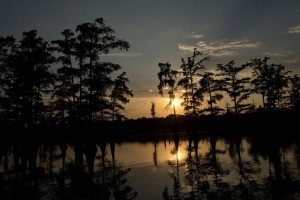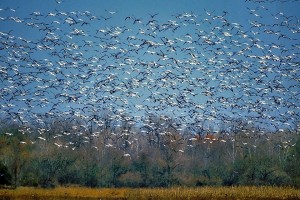Discover Your National Wildlife Refuges

Want to impress your teachers, enrich your life, and have fun while learning? Visit a national wildlife refuge and see what refuges are doing to conserve your wildlife heritage.
National wildlife refuges include many of America’s most treasured landscapes. Take your parents; take a camera. These precious places help protect wildlife, generate jobs, clean our air and water, reduce flooding, teach children about nature and offer protected places to fish and hike and be outdoors.
Fall is a great time to discover these untamed lands and enjoy wild places and wild creatures. Camping is allowed within specific areas at three of the 10 national wildlife refuges located within Arkansas (Pond Creek National Wildlife Refuge, White River National Wildlife Refuge and Felsenthal National Wildlife Refuge). Tent and RV camping is allowed, though unlike camping in state parks, no hook-ups or other facilities are provided.

Next year is the 50th anniversary of the Wilderness Act. The 1964 law created the National Wilderness Preservation System, which protects nearly 110 million acres of wilderness nationwide. Twenty million of those acres are on refuge land. Wilderness is wild land – largely undeveloped and unmanaged – that can offer outstanding opportunities for solitude, wildlife observation and non-motorized recreation.
More than 45 million people visit a refuge each year, with refuge visitors reporting high satisfaction, according to a 2012 study by the U.S. Geological Survey. “Nowhere else do I feel such a deep sense of connection with the land, the plants, and the wildlife,” offered one respondent.
The National Wildlife Refuge System has become the nation’s premier habitat conservation network, encompassing more than 150 million acres in 561 refuges and 38 wetland management districts. Every state has at least one national wildlife refuge. There is a national wildlife refuge within an hour’s drive of most major cities.
Refuges also offer world-class recreation, from fishing, hunting and wildlife observation along 2,500 miles of land and water trails to photography and environmental education.
Check out these National Wildlife Refuges in Arkansas: